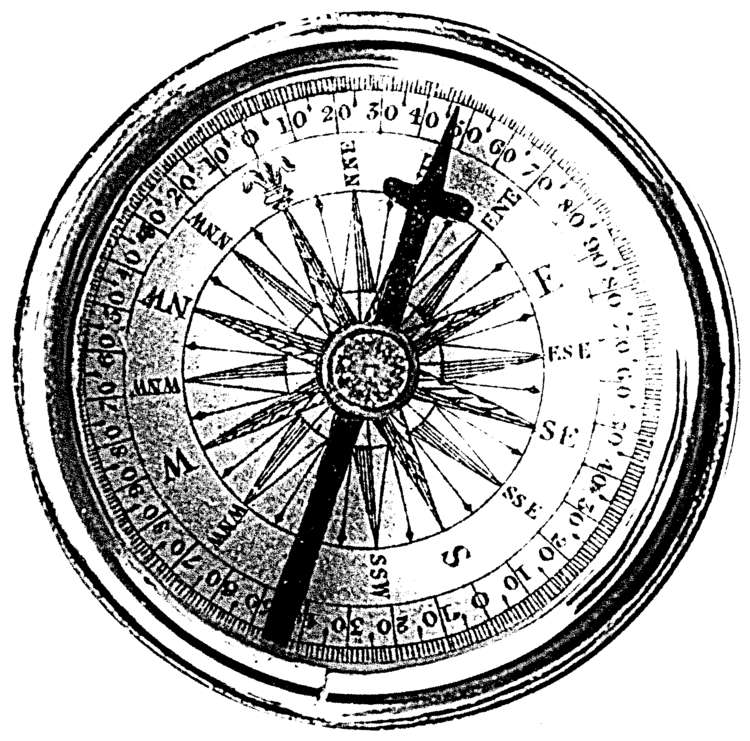The rain slanted across the deck of the ugly little car ferry as it surged out of Woods Hole harbour, across Vineyard Sound. May had just begun, but the icy cold and 25 knot north-westerly was telling me that spring had not yet arrived. As the horn on the ferry sounded the Cory’s Shearwaters passed the bows with wings fixed solid. I stood alone on the steel foredeck, and stared into the greyness wondering how this uninspiring land on the horizon could possibly be the famous Martha’s Vineyard, playground of the rich and famous. But I wasn’t here to visit them.
As the ferry swung into the open bay at Vineyard Haven on my right behind a short breakwater a selection of interesting wooden boats tugged at their moorings in the chop, but on my left a schooner stood out proudly away from the others, looking confident and comfortable just off the end of fragile pier coming off the beach. On her masthead pennant was the single word JUNO, and I knew I had come to the right place.I got off the ferry and walked the hundred yards up the beachfront street to a wooden building. There was no name board or sign but the rack of varnished masts and the singing of a bandsaw inside showed me the way and I slid open a barn door and the smell of cedar and oak and the warmth of a pot bellied stove greeted me. The first part of the shed was only small, big enough to hold an upturned dinghy a few bench tools and rows of draws clearly labelled. You couldn’t call it tidy but everything belonged, and the mood was one of quiet but focussed intent. No radio was playing….the sounds of the tools and the sea only thirty yards away filled the silence. Beyond this first area I could see the hulls two boats in a second larger shed even closer to the water….but more of these later. A young shipwright invited me in to stand by the stove and said Nat would be here shortly. I few minutes later the door slid open again and the room lit up as an unassuming bearded man in a dusty cable knit jumper walked towards me. He moved through the shed, feet wide as if crossing a moving deck, held his hand out and with a beaming smile and a soft Hudson Valley lilt said, “Mark? I’m Nat…a pleasure to meet you”
In 2002 I read a small book called simply “Wooden Boats” by Michael Ruhlman. It’s the story of the Gannon and Benjamin Marine Railway in Martha’s Vineyard and it is also the best explanation I have yet read of the fascination of making and owning timber sailing boats. Having cherished and re-read the text for the last fourteen years I was a little nervous to meet the men who create such majestic vessels, but that nervousness soon vanished as Nat showed me round his sheds and yards, talking to his colleagues about details of their work and taking a genuine interest in my limited knowledge and the state of wooden boat sailing in Australia. The temptation to romanticise the yard is strong. The methods are strictly traditional not out of any obligation or purist fervour but because this works best. Its progeny are some of the most beautiful craft sailing the oceans, and the restoration projects are usually on boats from the most elite of designers. Stephens, Rhodes, Herreshoff and yet there is an underlying practicality to what they do that makes the place remarkably normal. And although he is best known for the three larger schooners that have sailed the world, Juno, Rebecca and Charlotte, of his 86 designs to date, most are small, unassuming but perfectly formed gems.








